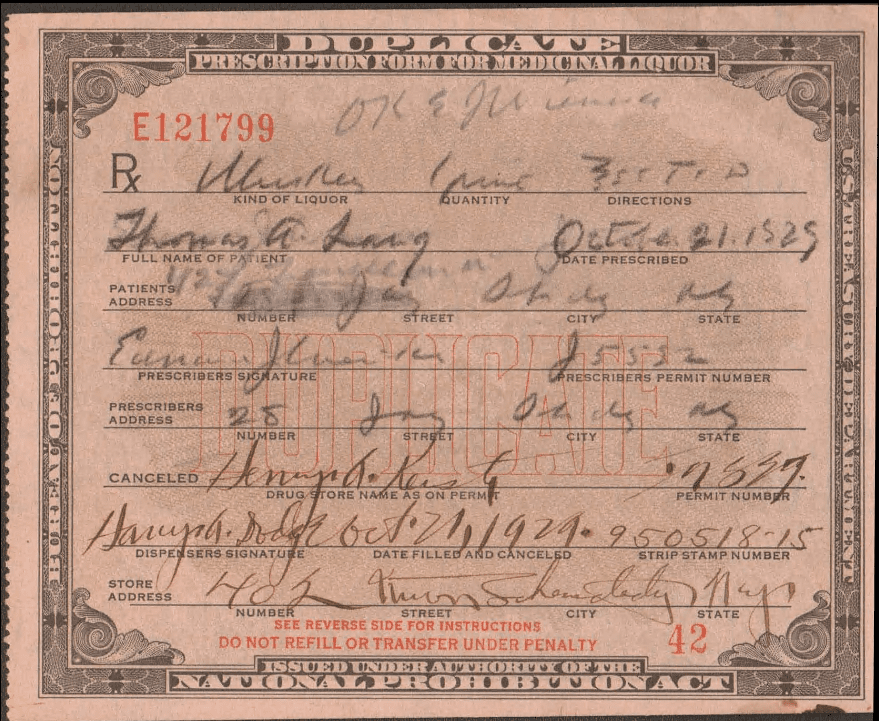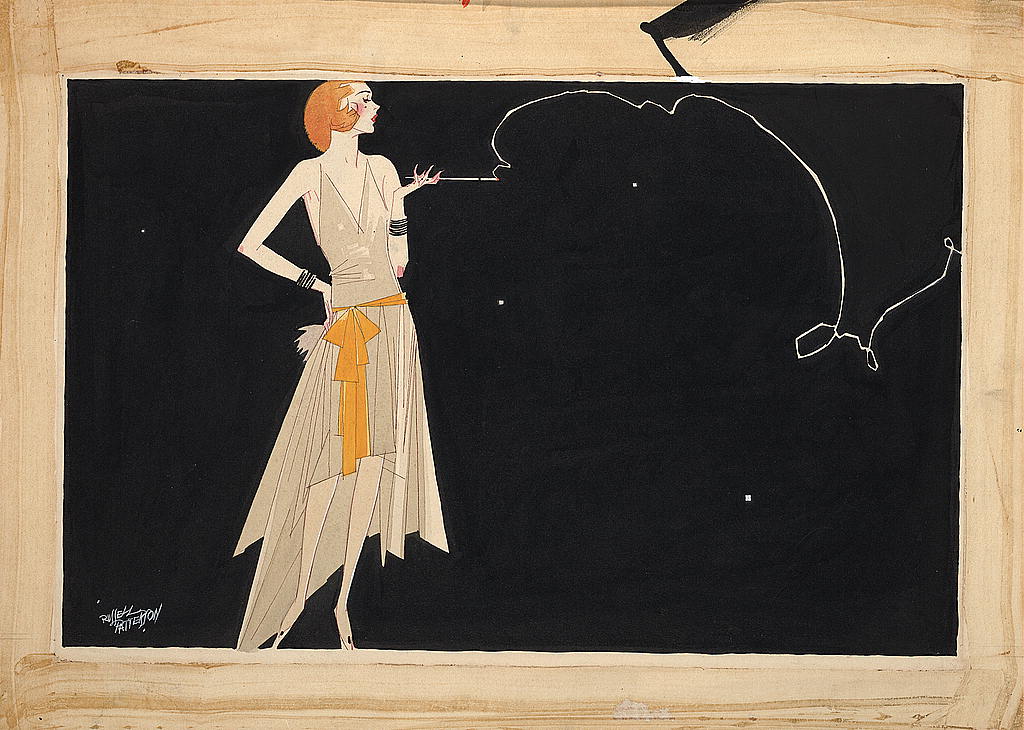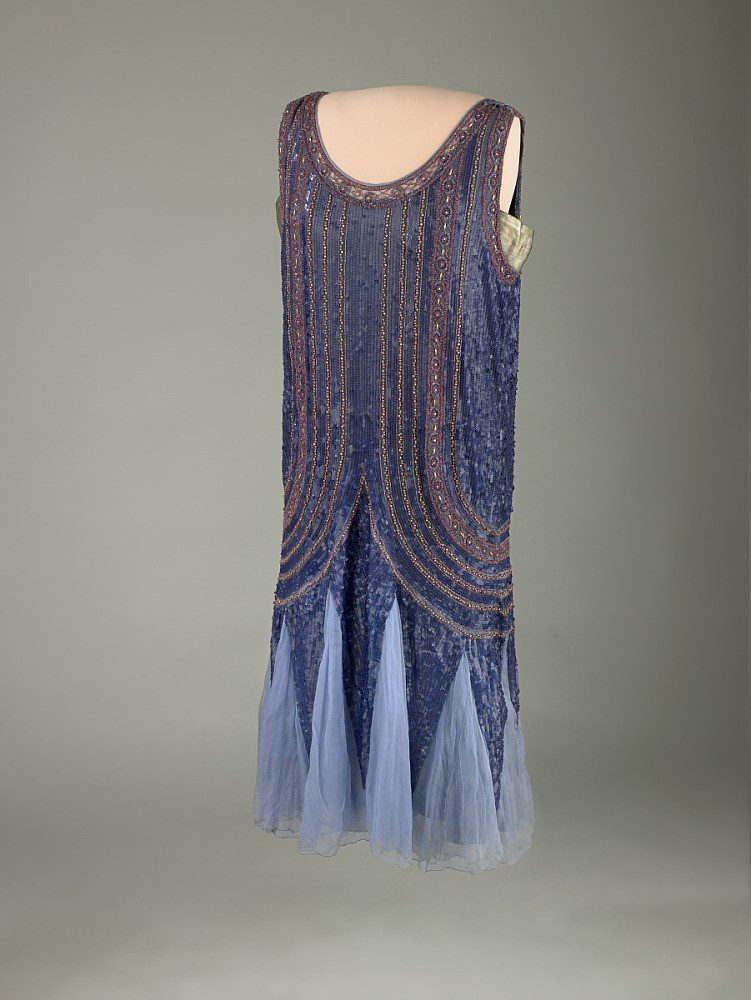In January of 1919, the 18th Amendment was ratified. On January 17, 1920 it went into effect with the passage of the Volstead Act, starting a time period known as Prohibition.
It was supposed to be a wholesome time without the dangers caused by alcohol. What commenced, though, was one of the liveliest and crime-ridden periods in American history.
Prohibition Agents with Wood County Whiskey Still from Way Public Library via Ohio Memory
While the goal of Prohibition was to curb America’s love affair with alcohol, it really served the purpose of moving it underground. Prohibition forbade the “manufacture, sale and transportation of intoxicating liquors”—not their consumption– and there was still a huge demand for it. With a prescription you could receive medicinal alcohol from your doctor. Some people made liquor illegally in the comfort of their own homes, which is where the phrase “bathtub gin” comes from. Others turned to bootleggers and rum-runners for their fix. Organized crime came to the forefront of the bootlegging trade, with mob bosses like Al Capone making a name for themselves. Alcohol was even smuggled into Ohio from Canada across Lake Erie and left on unoccupied beaches to be distributed by bootleggers and mobsters. At one point, a raid in Cleveland captured 235,000 gallons of alcohol. When not drinking at home, people gathered at other establishments to imbibe.

Prescription for medicinal liquor 1929, from the National Museum of American History
Before Prohibition there were 6,000 licensed saloons in Ohio. During Prohibition it’s estimated that Ohio had around 35,000 drinking establishments, like speakeasies and blind pigs (both names for illegal establishments that sold alcohol).
One of the most enduring images of Prohibition-era America is one of the groups of people that gathered at speakeasies: the flapper. As more and more people frequented speakeasies to drink and listen to jazz music, the flapper emerged as the “It Girl” of the 1920s.

An elegant flapper is shown smoking in this dramatic drawing by Russell Patterson dating from the 1920s, a time when a woman smoking was regarded as glamorous, yet risqué. From the Library of Congress Prints and Photographs Division.
Flappers often wore their hair in short bobs and their drop-waist dresses were adorned with fringe, feathers and sequins. They even had their own slang! Terms like “the bee’s knees” (meaning anything good) and “beat your gums” (meaning to engage in idle chatter), among many others, were used. If you’d like to add some more terms from Prohibition-era America to your vocabulary, the Mob Museum has put together a dictionary. It’s the cat’s pajamas!

Flapper dress worn by Grace Coolidge, from National Museum of American History
While we’re indoors, you could even create your own at-home speakeasy! Use our Prohibition-era cocktail recipe below to give it some real flair.
Pineapple Fizz from The Savoy Cocktail Book by Harry Craddock, 1930
1 Glass of Bacardi Rum
2 Tbsp. of Pineapple Juice
½ Tbsp. of Powdered Sugar
Soda Water
Combine pineapple juice, powdered sugar and rum.
Shake well.
Strain into a medium-sized glass.
Fill with soda water.
Serve and enjoy!